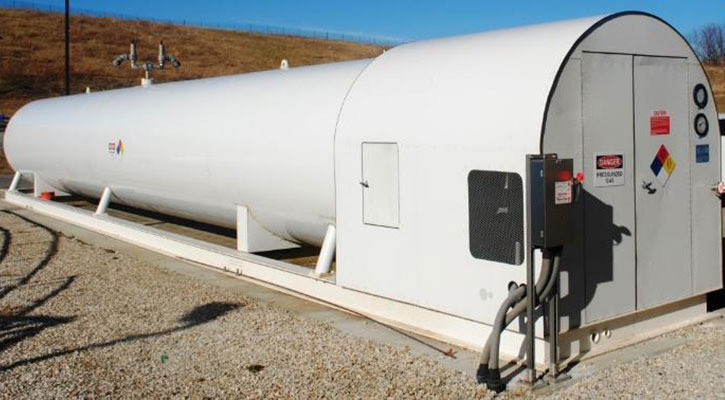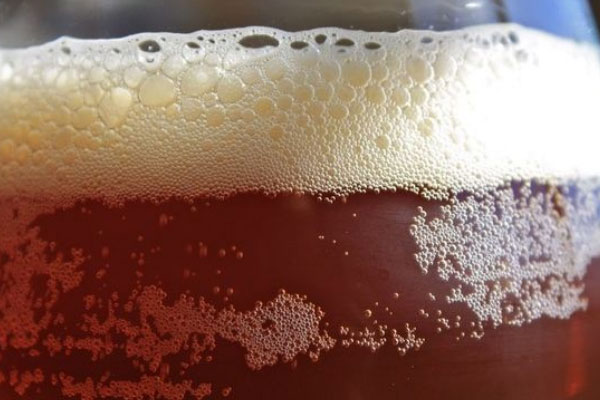Carbon Dioxide (CO2) Fire Suppression Systems:
Carbon dioxide (CO 2 ) is an odorless, inert gas that effectively extinguishes fire by diluting oxygen level to a point where combustion cannot occur. It is the original clean agent system and is the most common, most economical, and effective non-water fire suppressant medium. It is approved for Class A, B, and C hazards. Carbon dioxide (CO2) is an ideal non-conductive fire suppressant for industrial processes where flammable materials and vapors present a potential hazard. Since carbon dioxide (CO2) is a gas, it does not leave any residue and there is no clean-up associated with a system discharge. This means clean-up costs and downtime associated with a carbon dioxide (CO2) discharge are negligible.
Carbon dioxide (CO 2 ) fire suppression systems are available in total-flooded or localized system design, making it applicable for a wide variety of fire hazards. This effectively be used in unreachable areas to neutralize potentially explosive atmospheres. In “total flooded” applications, the enclosure of the hazard protected is flooded to a proper carbon dioxide (CO2) concentration. In “localized” applications, carbon dioxide (CO2) is directly applied over the protected hazard in the proper amount needed.
It is also a proven solution when used to protect areas in both surface and deep-seated fires that require multiple extinguishing cycles. The system is, however, not recommended for normally occupied spaces… except when other means of fire protection are not effective. Applications of low pressure carbon dioxide (CO2) systems include power generation engine rooms, cement plants, transformer vaults, turbine-driven generators, printing presses, electrical control rooms, automotive paint storage, spray booths, fryers, and switch gear rooms.





